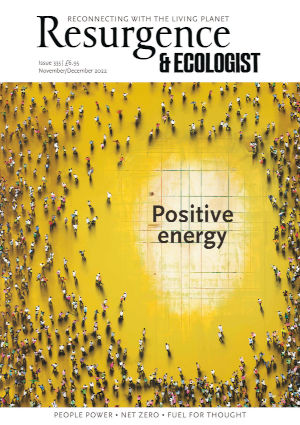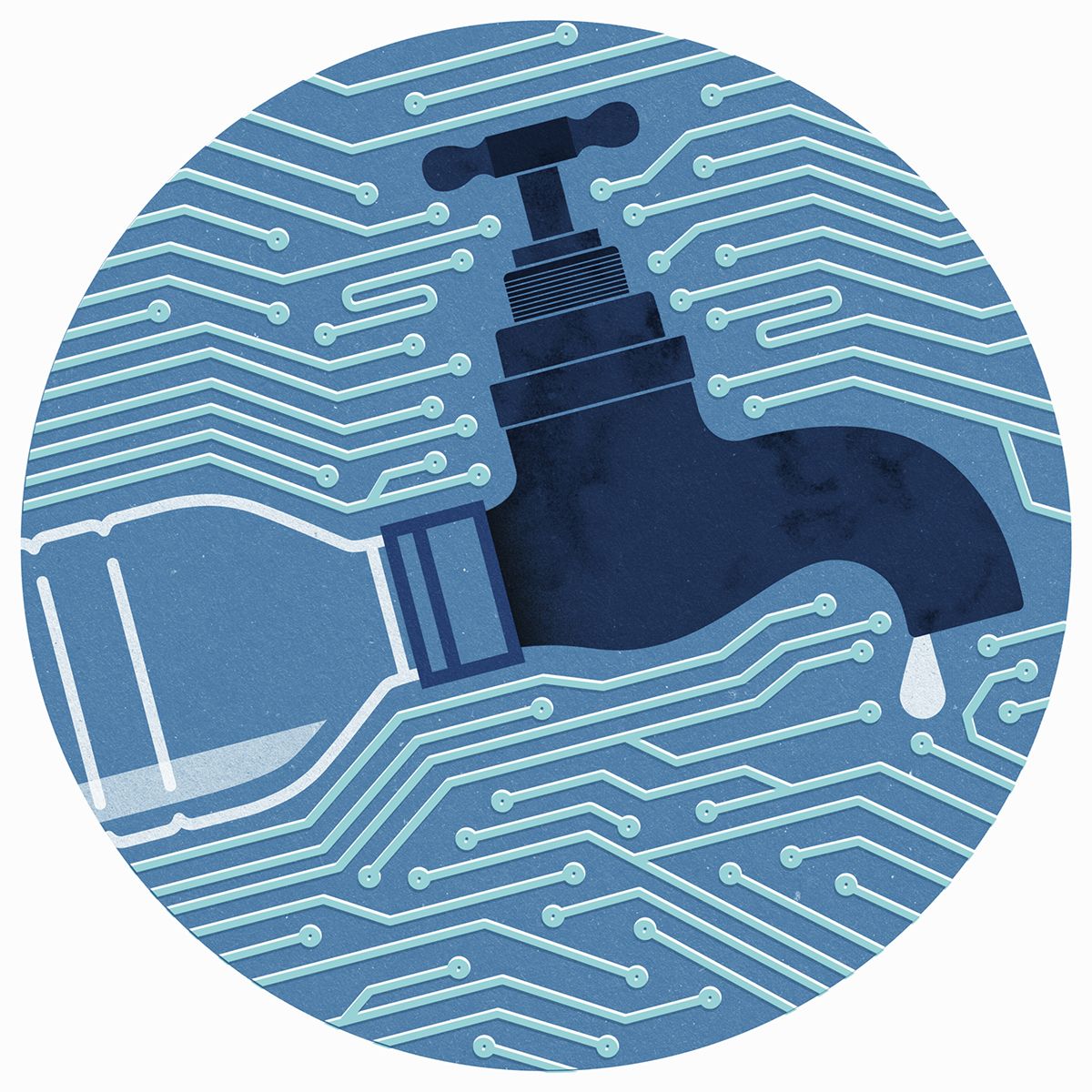Prolonged drought and extreme heat have spoiled crops, disrupted trade routes and led to hosepipe bans. Europe has experienced a punishing summer.
The Rhine, a vitally important economic waterway, has suffered months without rainfall. The Loire in France has all but dried up in places. And the Danube, which cuts through 10 European countries and serves as a strategically important connection to Ukraine, has reached historically low levels.
Cracked river beds and dusted lawns can have an immediate impact on how we understand the natural environment. We are helpless without the regular rains that allow our economies to function.
Managing water demand is a complex task, but we are often unable to rise to the challenge. In England and Wales, for example, an estimated 3 billion litres of water are lost every day to leakage, equivalent to 20% of total supply. The availability of such high-quality water can no longer be taken for granted. NASA research dating back a decade found that 21 of the world’s largest 37 aquifers have exceeded sustainability tipping points, with 13 considered significantly distressed.
Simply put, the problem is high demand, poor management and a ravaged climate. And so far we have made little progress towards addressing the problem. The UN found that between 2015 and 2018 water efficiency rose by a modest 9% among major economic users.
One of the reasons we’ve failed to tackle water scarcity is the singular focus on climate. In our headlong rush to cut carbon emissions, we’ve ignored the essential connectedness between our demands on Nature: deforestation impacts rainfall; climate change affects water supply.
The solutions we have are also codependent. Energy use accounts for 73% of global greenhouse gas emissions, and national governments are looking to mainstream technologies such as renewables and nuclear power alongside newer solutions such as green hydrogen in order to reach net zero emissions.
These are big, bold technological advancements that require all the trimmings of our existing high-carbon society: raw materials, production lines, and significant levels of water consumption. At the same time, improving water supplies to meet increased demand requires ever greater amounts of energy. This is the so-called water–energy nexus – in other words, water and energy need each other.
Recent research from the International Energy Agency (IEA) found that water scarcity is already having an impact on energy production and reliability. As water supplies decrease, we will become more reliant on seawater, which requires energy-intensive desalination before it can be used. These pressures could increase electricity consumption by 80% by 2040.
While wind and solar power do not require large amounts of water, the focus on nuclear and green hydrogen could cause problems. An average nuclear plant with a 1GW capacity requires around 75 million litres of water per day to keep running. This water is taken from the surrounding landscape: rivers, lakes, and in some cases the open sea. It is then discharged at temperatures of between 30°C and 40°C, posing a threat to nearby natural ecosystems. Nuclear power is being used to plug the gap in net zero targets, and total global capacity is set to increase over the next two decades. This growth will occur within the context of an already degraded natural landscape, and when water availability is being put under severe stress around the world.
High hopes are also being placed by policymakers on green hydrogen to decarbonise the energy sector, especially in difficult areas such as shipping or steel. The process is called ‘green’ because it uses renew-able electricity to split water into oxygen and hydrogen. Creating hydrogen in this way produces zero carbon emissions, but it currently needs large amounts of both energy and water. An estimated 9,000 litres of purified water are needed per tonne of hydrogen produced.
Extra strain comes from the existing pipeline of green hydrogen projects, which research has found are almost entirely planned for location in water-stressed regions such as Spain and Chile. “This creates a need for growth in the desalination market, and for more renewable energy to power it, adding more costs for developers,” comments Minh Khoi Le of Rystad Energy, which produced the analysis.
Energy and water remain in a constant pas de deux, each step needing the other to go forwards or backwards.
One of the simplest solutions to this problem is to raise awareness. By appreciating the delicate interplay between our water and energy demands, we can create stronger policies that understand how they impact one another.
IEA analysis has found that water withdrawal could be reduced by 2030 by taking an integrated approach focused on climate, energy, and air pollution. This would be achieved by installing higher levels of wind and solar power, alongside improving energy efficiency.
Greater understanding would also lead to greater efficiencies across the board. This could mean better planning for water storage or improving existing technologies. In India, for example, where water stress is acute in some regions, solar irrigation pumps are being trialled to allow farmers to manage both energy and water usage sustainably. The additional power is sold to the grid and supplements local incomes.
We can also do a better job of stopping water leaks, and increasing business fines for poor performance. Water infrastructure in many countries is outdated, and high levels of investment over the long term are needed to stop daily losses of such a precious commodity. Innovations in how we monitor water losses, through smart sensors that can detect the characteristic movement and sound of leaking water, should become a business norm.
The time is now to act on water scarcity before it jeopardises progress towards net zero. Understanding the water demands of nascent clean technologies, such as green hydrogen, is vital before these innovations become embedded in our economies. Europe’s recent bout of severe drought could be worsened by decisions that ignore this relationship and seek only a quick fix to energy concerns. We would do well to look out over the dust-filled Danube before taking our next move.








